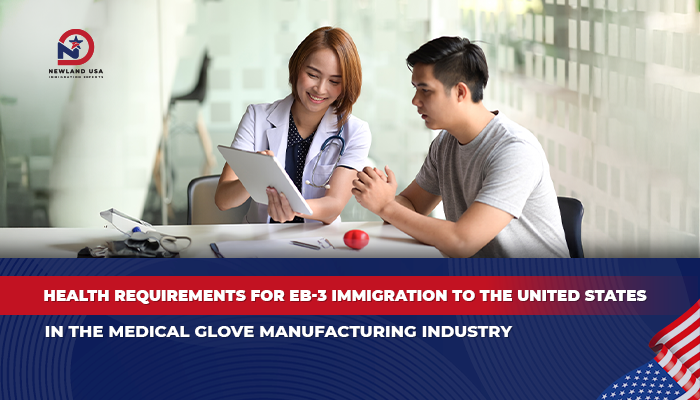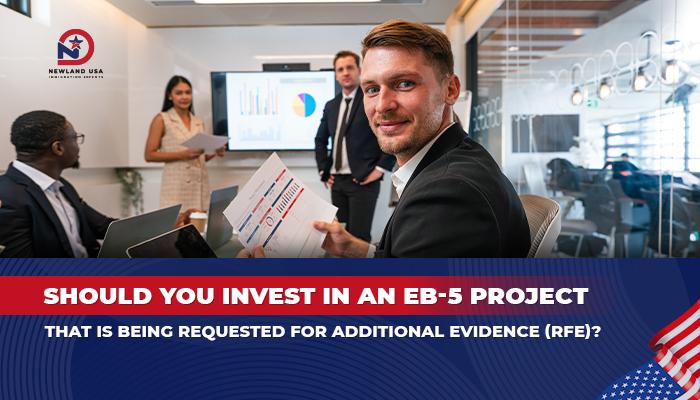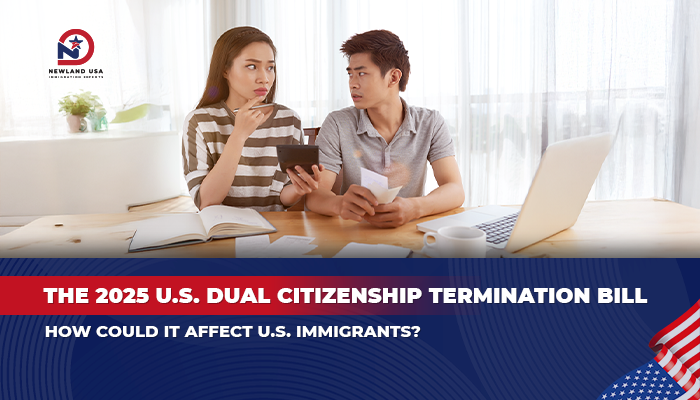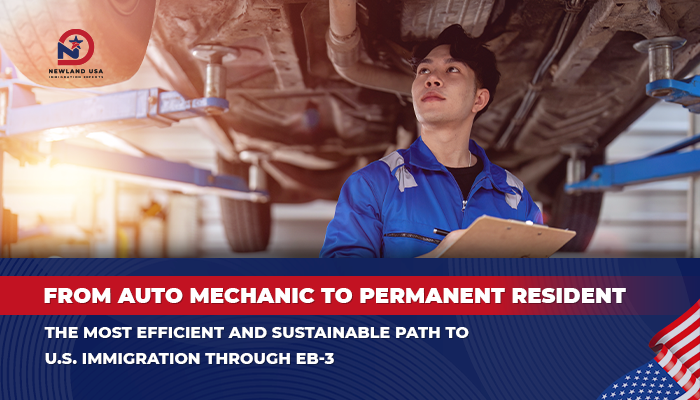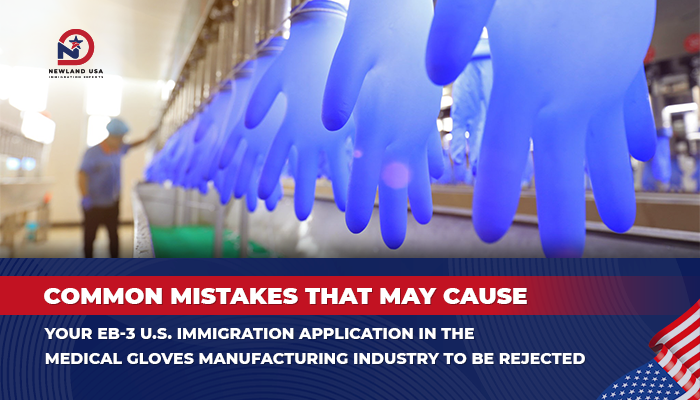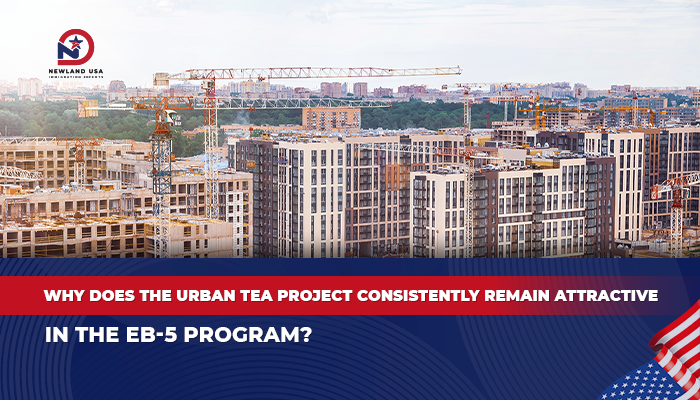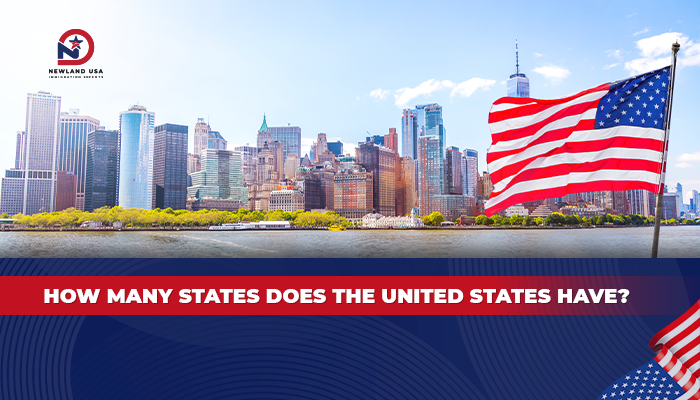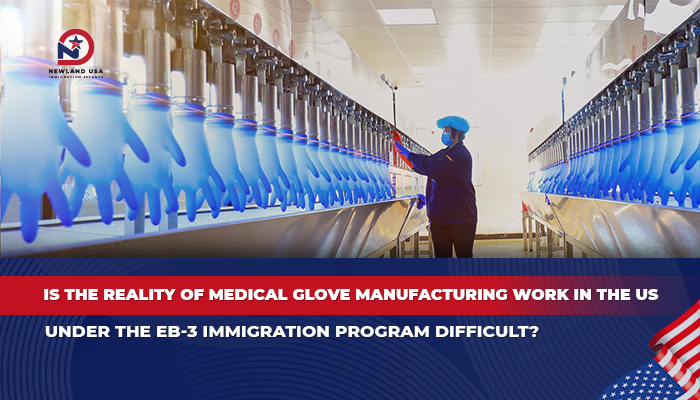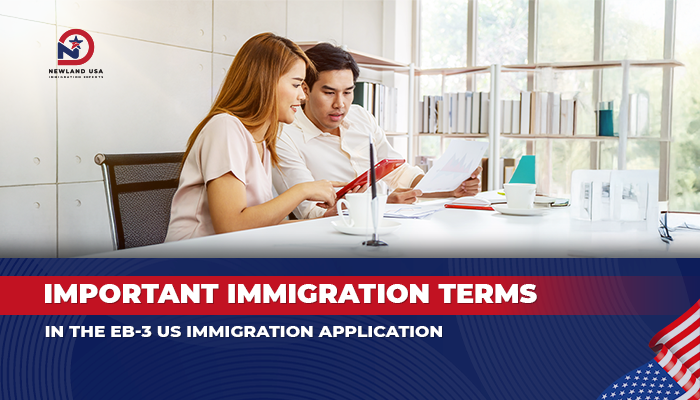Latest Update on U.S. Immigration Costs in 2025
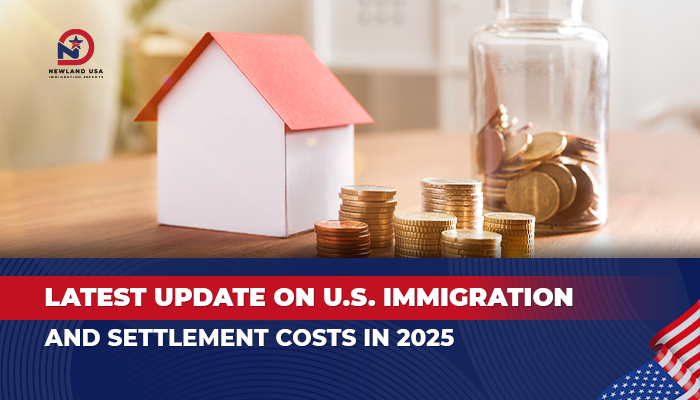
Latest Update on U.S. Immigration Costs in 2025
How much money do you need to settle in the US to get a green card?
Owning a Green Card to live long-term in the U.S. is a dream for many people around the world. However, U.S. immigration costs don’t just stop at mandatory administrative fees but also include legal service costs, financial proof requirements, and especially reserve funds to stabilize your initial life. Understanding all the costs will help you prepare your finances properly and avoid unnecessary obstacles on your U.S. immigration journey.
1. Overview of the Required Budget for U.S. Immigration
U.S. immigration requires a significant financial investment, ranging from thousands to over a million USD depending on the visa category you choose. This amount depends not only on the type of immigration but is also affected by your personal application status, the complexity of each case, and the cost of living in the state where you settle.
For those with a limited budget, Family Sponsorship or the EB3 Unskilled Worker category is the most economical choice. Meanwhile, the EB5 Investment program is for investors with strong financial capacity, with a minimum capital of $800,000 for TEA areas and $1,050,000 for non-TEA areas.
Making a detailed financial plan from the start not only helps you avoid financial risks but also increases your success rate when submitting your green card application. Immigration experts often recommend that applicants should budget an additional 20-30% above the estimated costs to handle unexpected situations.
2. Mandatory Costs in the Green Card Application Process
2.1. Administrative Fees Set by U.S. Government Agencies
Administrative fees are mandatory costs that everyone applying for U.S. immigration must pay. These figures are updated periodically by the U.S. Citizenship and Immigration Services (USCIS) and the National Visa Center (NVC), usually at the beginning of the fiscal year.
The I-130 form fee for Foreign Relative Sponsorship is currently $625. This fee applies when a U.S. citizen or permanent resident sponsors a family member. For employment-based categories, the I-140 filing fee for foreign workers is $1,315, expected to be slightly adjusted in the near future.
The EB5 program has the highest fees among all immigration categories, with the I-526E filing fee reaching $11,160 plus a $1,000 EB-5 Integrity Fund fee. Additionally, all applications must pay an NVC processing fee of $345 per person and a green card issuance fee after visa approval of $235 per person, effective from April 2024.
An essential cost is the medical examination and vaccination fee at facilities designated by the Consulate. This cost ranges from $210 to $389 depending on the applicant’s age and additional vaccination requirements. Importantly, all filing fees are non-refundable if the application is rejected, so careful preparation from the start is extremely important.
2.2. Legal Services and Professional Consultation Costs
U.S. immigration costs vary most significantly in legal service fees. The difference depends on many factors such as the complexity of the application, the chosen immigration category, and the experience of the lawyer or consulting firm.
For Family Sponsorship through the I-130 form, attorney fees typically range from $1,500 to $2,000. This is a reasonable fee compared to other immigration categories because the process is relatively simple with low legal risks.
The EB3 Employment category has higher costs, from $12,000 to $15,000 for attorney services to prepare the I-140 application. This figure doesn’t include PERM costs that the employer must pay during the labor certification process. However, this is still considered the optimal choice financially for those with appropriate professional skills or craftsmanship.
The EB5 Investment program requires the highest legal fees, up to $80,000 including both attorney fees and project management fees. This cost reflects the complexity of investment applications, requirements to prove legal source of funds, and monitoring the job creation process.
Additionally, applicants need to calculate supplementary costs such as notarized document translation, preparation of financial proof documents, and other legal paperwork. While these costs are small, they also contribute to increasing the total required budget.
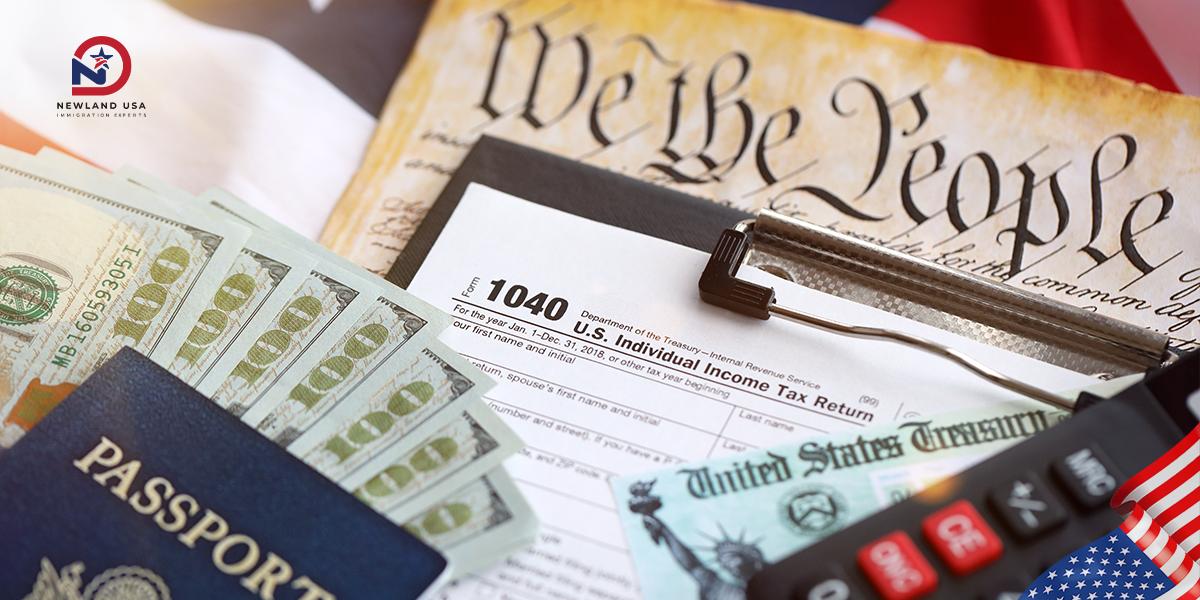
3. Detailed Analysis by Immigration Category
3.1. EB5 Investment Category – Fast Solution for Those with Strong Finances
The EB5 program, managed by USCIS, requires investors to invest capital in legitimate business projects on U.S. soil and create at least 10 full-time jobs for U.S. citizens or permanent residents.
According to the EB5 Reform and Integrity Act of 2022, the minimum investment amount is divided into two levels. If investing in a Targeted Employment Area (TEA) or infrastructure project, the required capital is $800,000. For projects outside TEA areas, investors need to prepare $1,050,000.
Besides the main investment capital, supplementary costs including project management fees, immigration attorney fees, and government fees can reach $100,000-$150,000. Total U.S. immigration costs through the EB5 category range from $900,000 to $1,200,000, not including initial living costs in the U.S. such as rent, insurance, and personal taxes.
3.2. EB3 Employment Category – Optimal Cost Choice
The Employment-Based group is the most popular path to U.S. immigration based on professional ability, educational level, or labor skills. Among them, the EB3 program for skilled or unskilled labor is the option with the lowest U.S. immigration costs and most suitable for Vietnamese people.
Main costs include Labor Certification fees, attorney fees for I-140 and I-485 applications, along with government fees such as National Visa Center fees. The total estimated budget for the EB3 category ranges from $38,000 to $80,000, an extremely competitive rate compared to other immigration categories.
Processing time can extend from 18 to 60 months depending on each country’s visa bulletin. Although the waiting time is relatively long, the high success rate and reasonable costs make EB3 the top choice for many families wanting to immigrate to the U.S.
3.3. Family Sponsorship Category – Low-Cost Path
This is the most popular immigration method for those with relatives living in the U.S. U.S. immigration costs for this category focus on USCIS administrative fees and financial proof requirements through Form I-864.
Specific costs include the I-130 form fee, attorney service fees, and financial proof requirements. The sponsor must prove income of at least 125% of the federal poverty level according to Federal Poverty Guidelines. Specifically, a household of 2 needs a minimum income of $25,550 per year, while a household of 4 needs $38,475 annually.
These figures are regularly updated by the Department of Health and Human Services (HHS). Total costs for Family Sponsorship range from $1,500 to $4,000 depending on the complexity of the application, an extremely economical cost compared to other immigration categories.
3.4. F1 Student Visa Transition to Immigration
The F1 visa is not a direct path to U.S. immigration but is an effective long-term strategy for those wanting to transition from non-immigrant to immigrant visas such as EB2 or EB3.
Initial costs focus on tuition averaging $10,000 to $50,000 per year depending on education level and state. Students need to prove sufficient finances to pay for tuition and living expenses for the first year through Form I-20.
After graduation, transition costs include I-140 fees, attorney fees, and USCIS fees when filing for adjustment of status. Although expensive and time-consuming, this is a good way to help students gradually get accustomed to American life before immigrating to the U.S. long-term.

4. Budget for Stabilizing Life After Immigration
4.1. Living Costs in the Initial Period
This cost is completely outside the green card application process, but it’s a critical factor determining whether you can stay in the U.S. during the first 6-12 months. Financial experts recommend preparing reserve funds sufficient for 3-6 months of living expenses until you find stable employment with steady income.
Rent is the largest expense and varies greatly by geographic area. In major cities like New York City, Los Angeles, San Francisco, or Boston, rent for a 1-bedroom apartment can reach $3,000 or more per month. Mid-sized cities like Dallas, Atlanta, or Phoenix have more reasonable rates, from $1,400 to $3,000. Meanwhile, suburban areas or less populated states like Oklahoma and Kansas only cost $900 to $1,300.
Notably, when renting, you usually must pay one month’s rent upfront and one to two months’ security deposit. Some states also require renters insurance of about $15-30 per month to protect property.
Basic living costs including food, utilities, transportation, and internet range from $1,200 to $2,000 per month for an individual. If you own a car, you need to add car insurance from $150 to $250 plus gas costs of about $100-200 monthly. Phone and internet costs average $50 to $100 depending on carriers like Verizon, T-Mobile, or AT&T.
4.2. Long-term Costs to Note
Health insurance is the most important mandatory expense because healthcare costs in the U.S. are among the highest in the world. Average premiums range from $400 to $700 per month for individuals and $1,000 to $1,800 for families depending on the insurance package and state. New immigrants can purchase through Healthcare.gov or private insurance providers.
Education costs for children also need careful calculation. Public schools are free for residents with green cards or valid visas, but private schools can cost over $30,000 per year depending on education level and area. Additionally, you should budget for extracurricular activities and school uniforms.
Regarding cash regulations, anyone carrying over $10,000 or equivalent financial instruments when entering or leaving the U.S. must declare it to U.S. Customs and Border Protection using Form FinCEN 105. Violating this regulation can lead to asset seizure and severe administrative penalties under U.S. Treasury law.
4.3. Income and Taxes After Immigration
Basic income for an individual in the U.S. ranges from $40,000 to $65,000 per year before taxes, but this figure varies greatly by industry, geographic location, and work experience. For example, IT staff in California can earn $100,000 annually, while unskilled laborers in Texas only earn $35,000-45,000.
The U.S. tax system operates at three levels: Federal tax managed by the IRS, State tax (some states like Texas, Florida, and Washington don’t collect it), and Local tax applied in some specific cities or counties.
On average, workers need to withhold 20% to 35% of gross income to estimate actual net income after taxes. Understanding deductions will help you plan finances and save more effectively during your first year of U.S. immigration.

5. Conclusion
U.S. immigration and owning a green card requires a significant financial investment, from thousands of USD for economical categories like Family Sponsorship and EB3, to over a million USD for the EB5 Investment program. However, with thorough financial preparation and support from reputable immigration experts, the dream of U.S. immigration can definitely become reality.
At Newland USA, we not only provide U.S. immigration services but also support clients in their cultural integration journey in this new country. If you need more information, please contact Newland USA immediately at hotline 0785591988 or email: newsletter@newlandusa.asia for detailed and free consultation.
Learn more:
- The Most Frequently Asked Questions About EB3 Visa for U.S. Immigration – Updated 2025
- Is Labor Export the Same as EB3 Immigration to the United States?
- EB3 Visa: Legal US Immigration Opportunities for Vietnamese Workers 2025
- US Immigration EB3, EB1C and EB5: Which is the Safest — Most Effective Choice for US Green Card Currently?




